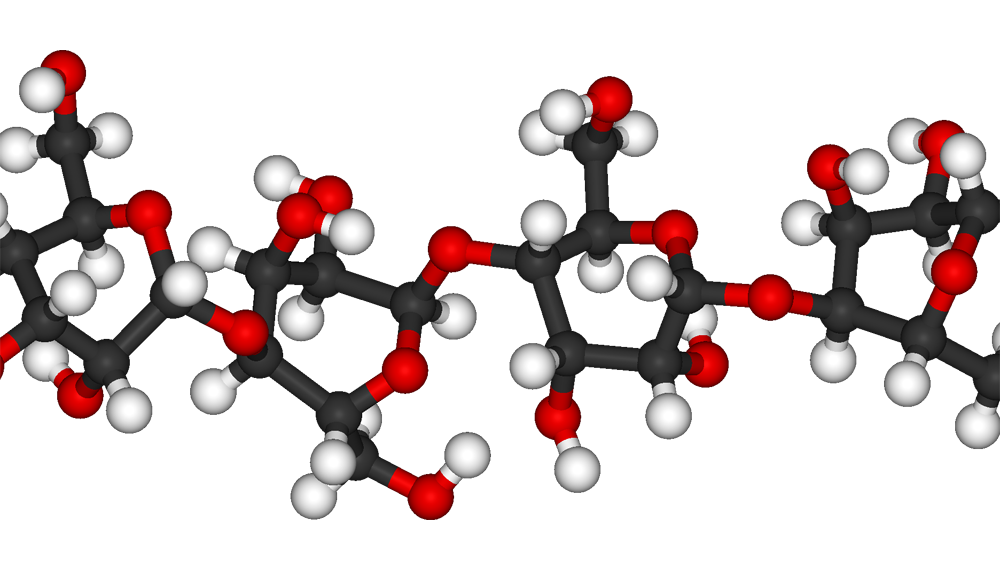On the chemical level of any food, nutrients are present. “Nutrient(s)” is a very broad noun, and many substances in food can be identified as so while their impact on the body can be vastly different depending on a countless number of biological factors (genetic background, age, sex, etc.). Nutrients are the raw resources for the body which help it by fueling the processes of supporting cellular health, maintaining bodily functions and structure, preventing a spectrum of diseases, and producing energy to live on. Nutrients alone do not complete all these tasks, but they are the fuel to cells, enzymes, and other biological structures which take on these jobs. In later articles, the details to how nutrients support these processes will be shown, but a solid foundation needs to be built on the understanding of nutrients before going into these complex subjects. To build this foundation, a basic understanding of nutrient classification and nutrient deficiencies is a great starting point.
Firstly, many chemicals can be classified as a nutrient, and a nutrient can firstly be identified as an essential nutrient or a non-essential nutrient. For example, water, carbohydrates, lipids (fat), protein, vitamins, minerals, are all essential nutrients: a chemical that cannot be produced by the body, so it must be obtained from an outside source (food). On the other hand, non-essential nutrients are chemicals that can be produced by the body, so no outside source is required to get the needed amount. Some examples of a non-essential nutrient are biotin, cholesterol, and some amino acids. Another classification of a nutrient is determined by the amount of the substance that is needed in a day. If a large quantity is needed of a nutrient daily, then it is a macronutrient; carbohydrates, lipids, protein, and water are all macronutrients. If a small quantity is needed of a nutrient daily, then it is a micronutrient; vitamins and minerals are considered micronutrients. The lack of consumption in nutrients can lead to nutrient deficiencies.
Nutrient deficiencies occur when not enough of an essential nutrient is consumed through food or there is malabsorption of a nutrient by the digestive system. Deficiencies cannot occur with non-essential nutrients. Malnutrition occurs when not enough or an excess of calories or essential nutrients are consumed. Both nutritional deficiencies and malnutrition are common in the United States, but they can easily go unnoticed. This is possibly because blood testing for nutrient levels can be expensive for the average consumer (usually $100 or more for only a short spectrum of nutrients), nutrient level blood tests can sometimes be misleading due to being only a single snapshot of your nutrient levels rather than results that span for a longer period of time, and most deficiencies have a minor effect on the body short term yet a major negative impact on the body long term.
In conclusion, being the raw materials that the body lives on, nutrients are direly important to one’s health, and the proper, necessary consumption in them contributes to healthier bodily functions and overall health. Also, this initial step in learning how nutrients are classified and what nutrient deficiencies encompass is necessary for getting a full understanding of nutrition.


